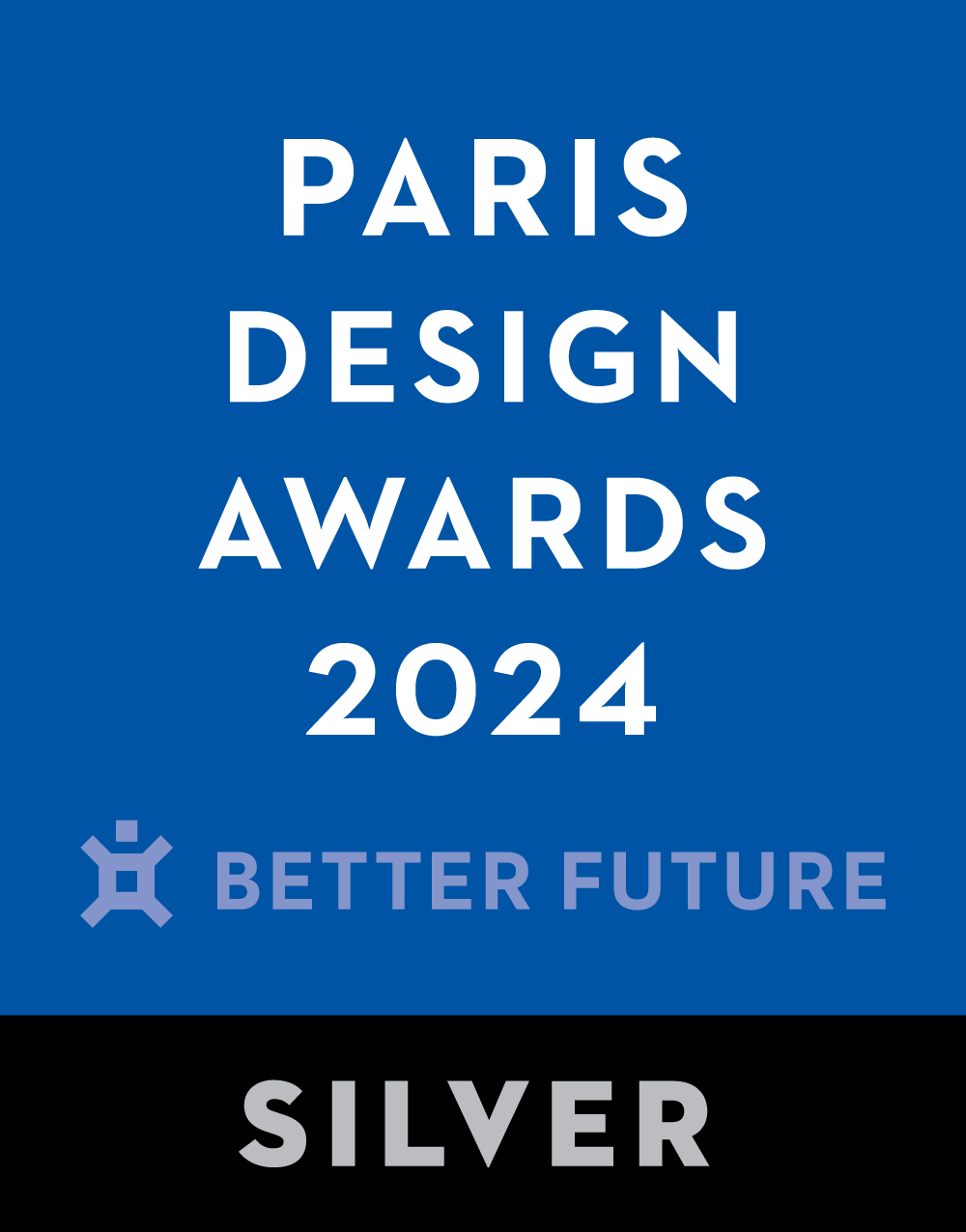










Project Overview
The site is in Shuinan, Taichung. It was once a military site and was converted into a dual-use airport for military and civilians after the R.O.C. 59. Later, due to policy planning, it became the Shuinan Trade and Economic Park. Despite this, the impression of Shuinan Airport still exists in the hearts of local people. This visitor center is the iconic building of the area, with the concept of aviation and airport as the theme, and the check-in counter, aisles, and cabin are highly simulated and restored. The cabin experience space, in particular, is a Boeing 737 cabin. The public is encouraged to experience each of the exhibition spaces, evoking memories of the airport and allowing visitors to understand the history of the Shuinan District.
Furthermore, the project is in Taichung Central Park, which is known as the lung of Taichung. Given this, the project integrates the three principles of the park's future vision - intelligence, low carbon, and innovation. While introducing military history, the concept of energy saving, carbon reduction, sustainability, resource conservation, and reuse are also conveyed through technology.
Organisation
Construction Bureau of Taichung City Government
Team
Yi Chin Interior Design Co.Ltd, Yu-Ching Hsieh, Giphon Engineering Consultants Co, Ltd., Hsin-Chang Huang, Yu-Ting Chang
Project Brief
As a gateway to air traffic in the Central Taiwan region, the Shuinan Airport no longer exists with the progress of the times and has been replaced by a central park. In order not to let the history of Shuinan Airport be forgotten, the visitor center inside the park uses the airport elements to recreate past scenes and revive the memory of history.
The lobby on the first floor has an overhead view of the airport runway as if people are in a real airport in an instant. The self-service check-in area, terminal lobby, and broadcast scenario are all guided by technology. Even the VIP lounge is modeled after the real airport, making it a great photo spot everywhere. Inside the visitor center, there is also a Michi-no-Eki station, which contains a record of the history of Shuinan from the Japanese occupation period to the present, evoking the memories of the Taichung people of the past.
The project leads the public to look back at the history of Shuinan and navigate to the future of Taichung. The design team has recreated the past scenery to awaken the local people's emotion for the place, and then incorporated classic aesthetics, healthy life, and technology, hoping that this place will become an international-level visitor center.
Project Innovation/Need
●Restoration of boarding process:
The design team used the overhead view of the Shuinan Airport as the highlight of the entrance. In addition to providing complete tourist services and advisory guide services, the interior allows people to immerse in the airplane element as soon as they enter the visitor center as if they are in an airport. From self-check-in before boarding, to obtaining tickets, to experiencing each cabin, it creates an atmosphere like going abroad. The height, size, shape, color, etc. of the manual check-in counters are the same as those in real airport buildings, highly reproducing the departure process.
●Boeing 737:
Apart from restoring the boarding process, the visitor center is the first in Taiwan to introduce a Boeing 737 cabin for public viewing. All items are interactive, including the seats, the luggage lockers above the seats, and the in-flight kitchen. People can operate these items themselves, as if they were captains or flight attendants, giving visitors a more unique travel experience.
Design Challenge
The biggest challenge was the acquisition and delivery of the Boeing 737 fuselage. The design team worked with an airliner modification company to procure a section of the fuselage and all its interior components. All items had to be professionally disassembled and lifted before being delivered to the site for reassembly. Due to the size of the fuselage but the light weight of the material, it had to be transported from northern Taiwan to Taichung at a very low speed and had to be supported to avoid damage. In the end, it took the design team one and a half days to successfully transport the Boeing 737 to the site.
Sustainability
The project uses materials that comply with the Green Building Standard. They are skin-friendly, non-toxic, recyclable, friendly to the environment and users, and have a longer service life. In terms of ventilation, although the building is well-ventilated, the design team installed air quality detectors in all areas and strictly controlled them in consideration of the large number of visitors to the lobby. Air quality information is available on-site so the staff can make immediate adjustments to always maintain good air quality in the room, providing a comfortable experience for users.
Additionally, because Taichung Central Park is built with the concept of smart low-carbon innovation, the visitor center also combines the issue of sustainability and takes climate simulation as an idea. The design team transformed the original simulation room for different climates to create an entire view of the Arctic Circle, bringing a different visual experience to the public while conveying the concept of sustainability.
Interior Design - International Corporate & Commercial
This award celebrates innovative and creative building interiors, with consideration given to space creation and planning, furnishings, finishes, aesthetic presentation and functionality. Consideration also given to space allocation, traffic flow, building services, lighting, fixtures, flooring, colours, furnishings and surface finishes.
More Details

